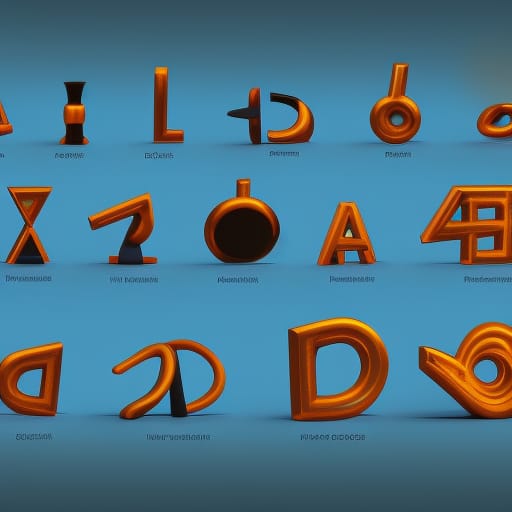I am currently reading Three Roads to Quantum Gravity. I have just completed the first part of the book, which is a lengthy introduction. The author felt a strong need to prepare the reader’s mind for thinking about the universe differently from whatever misguided education and personal experience was filling his head.
Perhaps if I had not already read The End of Time: The Next Revolution in Physics, I would have needed this preparation. However, being already convinced that space and time are invalid concepts for properly describing reality, I felt perfectly at home with the author’s perspective.
Something I was unprepared for was the realization that objectivist epistemology may be overly constrained by its man-qua-man perspective. Scientists, who practice the Scientific Method, impose constraints on their thinking by considering themselves an objective observer. Those who do this cannot effectively practice the science of cosmology, because no such artificial (mystical) separation can be established between observer and universe.
Only man-qua-man can allow himself to be so easily fooled into thinking the world is as he himself sees it, and be convinced that this is an accurate view of reality. Only man-qua-ordinary-man would so easily accept space, entities, and their attributes to represent the true state of things, while changes in state are viewed as snapshots in time. Most men still believe that reality is organized into a three dimensional grid representing space, and an extra dimension of time. Even their inability to sense these alleged characteristics does not bother them. Ask them to show you space and time one day, and see how far they get trying to use existents to describe non-existents.
Man-qua-ordinary-man is in fact a mere fool. In order to understand cosmology, we must become man-qua-universe and think likewise.
[It might seem strange that a software architect would spend so much effort on cosmology. Cosmology and software architecture are actually similar. Cosmology and software architecture are both about studying the universe. Just as every ordinary cosmologist has failed to gain a proper understanding of the universe, by being unable to accept that he himself cannot be separated from it as objective observer, ordinary software architects are in the same bind.]







